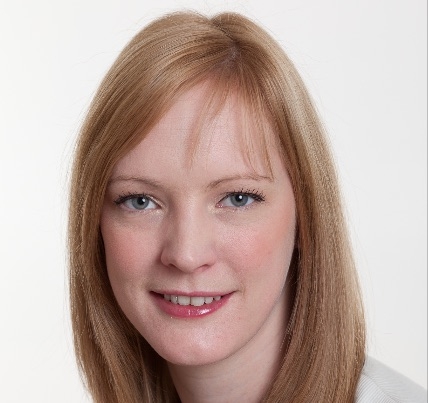
Financial Planners warn over ‘significant’ dividend cut impact

Financial Planners are warning company owners over the ‘significant impact’ that a surprise cut in the dividend allowance is likely to have.
Directors who remunerate themselves through dividends may need to rethink their salary and dividend structures, planners told Financial Planning Today.
The dividend allowance will be reduced from £5,000 to £2,000 from April 2018, the Chancellor announced yesterday afternoon in the Budget.
Gemma Siddle FPFS, APP, CFPTM Chartered Financial Planner at Eldon Financial, said: “Reduction in tax-free dividend allowance for shareholders from £5,000 to £2,000 – this will have a significant impact on company owners who extract their profit via dividends.
“However, it will also bring a lot more people into the Self Assessment system as they will have to declare dividends above this allowance on a tax return. Introducing an allowance from nowhere one year then cutting it by 60% does not provide stability in taxation.”
According to Treasury papers, the move will raise £930million for the Exchequer by 2021-22. In the first year it will bring £5m, followed by £870m in 2019-20 and £825m in 2020-21, the documents stated.
Chartered Financial Planner Nicola Watts APFS Chartered FCSI, director of Jane Smith Financial Planning in Olney, said: “The reduction in the dividend tax allowance from £5,000 to £2,000 will also mean increased consideration needs to be made for planning on taxable portfolios. And for company directors who remunerate themselves by way of dividend, they may need to rethink their salary and dividend structures for maximum tax efficiency.”
Chartered Financial Planner Carl Lamb APFS, managing director of Almary Green in Norwich, described it as a ‘disappointment’ and said it will affect those who hold substantial shares.
He said: “It seems odd to have introduced the allowance last year at £5,000 only to slash it to less than half just a year later. This allowance was an incentive to investors to put their money into businesses rather than cash investments and “UK plc” is looking less attractive now.”
Natalie Wright, Chartered Financial Planner at Mazars Financial Planning, said: “With the allowance being cut from £5,000 to £2,000 from 6 April 2018, this is likely to affect individuals with share portfolios (or dividend producing assets) valued around £50,000 or more.
“The current allowance has allowed individuals to hold portfolios of around £150,000 whilst generating tax free returns. Clearly the reduction in the allowance is likely to bring more individuals into the Self Assessment regime, possibly without them understanding what this means (particularly where they do not receive professional advice).
“In real terms, the cut from £5,000 to £2,000 will cost basic-rate taxpayers £225, higher-rate taxpayers £975 and additional-rate taxpayers £1,143. 2017/18 presents an opportunity for individuals and couples to maximise tax free returns before the reduction takes place and to focus on maximising ISA and pension contributions.”
Mr Hammond defended the measures. He said: “The Dividend Allowance has increased the tax advantage of incorporation. It allows each Director/Shareholder to take £5,000 of dividends out of their company tax free, over and above the personal allowance.
“It is also an extremely generous tax break for investors with substantial share portfolios. I have decided, therefore, to address the unfairness around Director/Shareholders’ tax advantage, and at the same time raise some much needed-revenue to fund the measures I shall announce today, by reducing the tax-free dividend allowance from £5,000 to £2,000 with effect from April 2018.”
He said: “About half the people affected by this measure are Director/Shareholders of private companies. The rest are investors in shares with holdings worth, typically, over £50,000 outside ISAs. And of course everyone will benefit from the generous £4,760 increase in the annual ISA allowance, to £20,000, and the further increase in the personal allowance to £11,500 from April.”
